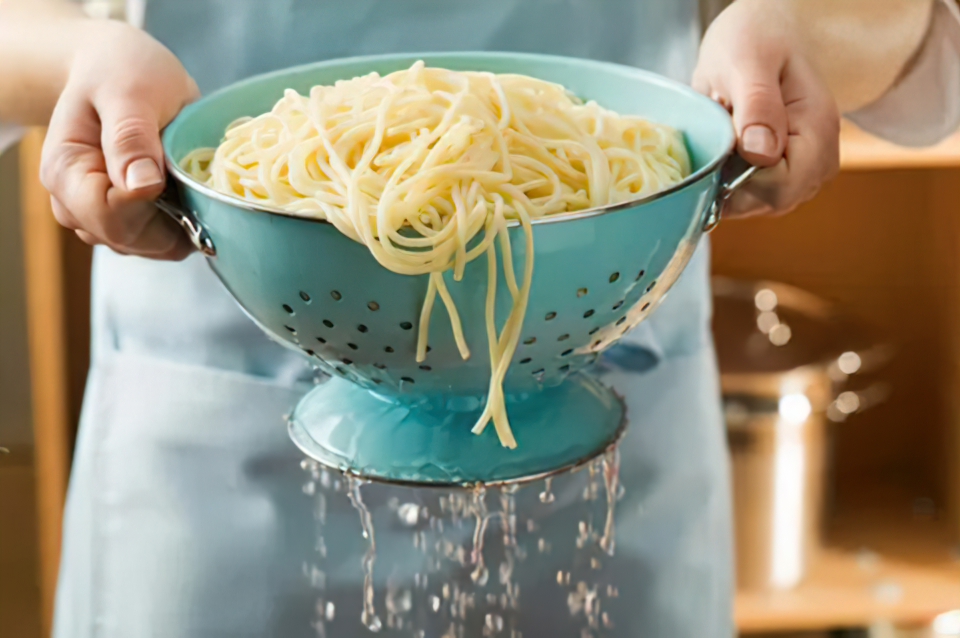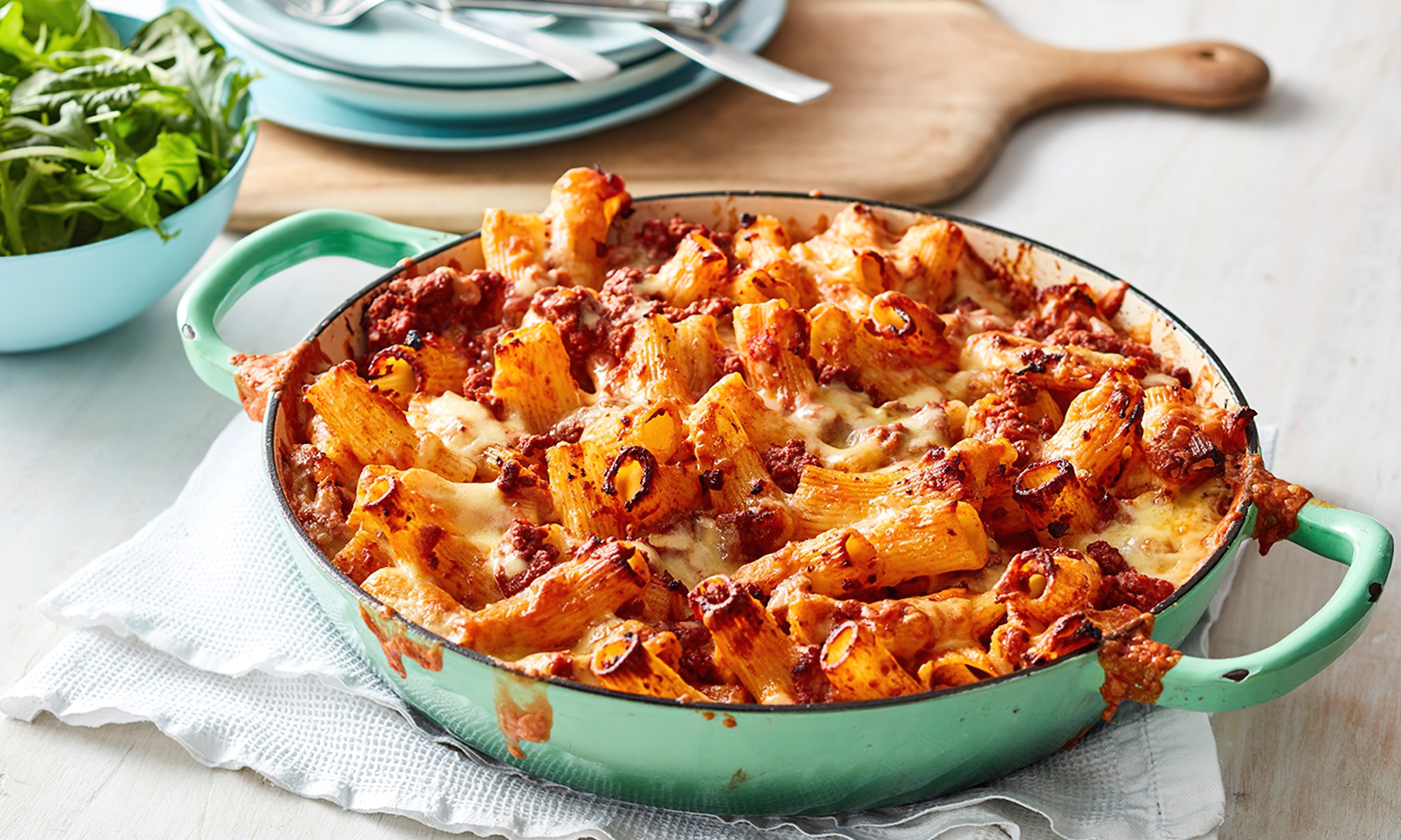Pasta is a versatile and beloved staple in cuisines worldwide. With countless shapes and sizes available, it can be challenging to understand the differences and choose the right pasta for your dish. In this comprehensive guide, we’ll explore various types of pasta, their unique characteristics, and the best ways to cook and pair them with sauces. Get ready to elevate your pasta game!
Content
The Basics: Pasta Shapes and Sizes
- Long and Thin Pastas
- Spaghetti: The most well-known pasta, perfect for tomato-based sauces, oil-based sauces, and meat sauces.
- Linguine: Slightly wider and flatter than spaghetti, ideal for seafood-based or creamy sauces.
- Fettuccine: Flat, wide noodles that pair well with rich, hearty sauces like Alfredo or Bolognese.
- Short and Extruded Pastas
- Penne: Tube-shaped pasta with diagonal ends, great for chunky sauces and baked pasta dishes.
- Fusilli: Spiral-shaped pasta that holds onto sauces well, making it suitable for cold pasta salads or meat sauces.
- Farfalle: Bowtie-shaped pasta with a unique texture, perfect for light, vegetable-based sauces.
- Stuffed Pastas
- Ravioli: Square or round pasta pillows filled with a variety of ingredients such as cheese, meat, or vegetables.
- Tortellini: Small, ring-shaped pasta typically filled with cheese or meat and often served in broth or with light sauces.
Cooking Tips: How to Prepare Perfect Pasta
- Use a Large Pot and Plenty of Water: Pasta needs room to cook evenly and not stick together. Use 4-6 quarts of water per pound of pasta.
- Salt the Water Generously: Add 1-2 tablespoons of salt to the boiling water to flavor the pasta.
- Cook Pasta Al Dente: Cook pasta until it’s tender but still firm to the bite. Check the package for recommended cooking times.
- Reserve Pasta Water: Save a cup of pasta water before draining, as it can be used to adjust the sauce’s consistency and flavor.
- Do Not Rinse: Rinsing pasta washes away the starch, which helps the sauce adhere to the pasta.
Sauce Pairing: How to Match Pasta with Sauces
- Thin, Delicate Sauces: Light tomato-based sauces, olive oil-based sauces, and simple butter-based sauces work best with long, thin pasta shapes like spaghetti and linguine.
- Hearty, Thick Sauces: Rich, meaty sauces like Bolognese or creamy Alfredo pair well with wide, flat pasta shapes like fettuccine and pappardelle.
- Chunky Sauces: Penne, fusilli, and other short, textured pasta shapes are ideal for capturing chunky sauces, such as vegetable or meat-based ones.
- Stuffed Pasta: Ravioli and tortellini pair well with light, butter-based sauces or simple tomato sauces that won’t overpower the pasta’s filling.
Exploring Lesser-Known Pasta Types
- Bucatini: Resembling thick spaghetti, bucatini has a hollow center that makes it perfect for absorbing sauces. It pairs well with robust tomato-based sauces, carbonara, or Amatriciana sauce.
- Orecchiette: These “little ears” are small, cup-shaped pasta pieces that capture small bits of sauce, vegetables, and meat. Orecchiette works well with tomato-based sauces, pesto, and sautéed vegetables.
- Pappardelle: Wide, ribbon-like noodles that hold up well to rich, meaty sauces like wild boar or duck ragu. Pappardelle can also be served with butter and Parmesan for a simple, satisfying dish.
- Cavatelli: Small, shell-shaped pasta that is excellent for scooping up sauces and ingredients. Cavatelli pairs well with tomato-based sauces, vegetable sauces, and sausage or seafood.
- Gnocchi: Soft, pillowy potato dumplings that can be served with a variety of sauces such as brown butter and sage, tomato-based sauces, or creamy cheese sauces.
Tips for Buying and Storing Pasta
- Check Ingredients: Opt for pasta made from 100% durum wheat semolina, as it will hold its shape and texture better during cooking.
- Consider Whole Wheat or Alternative Grains: For a healthier option or different flavor, explore whole wheat, spelt, or chickpea pasta.
- Store Properly: Keep pasta in a cool, dry place in a sealed container to protect it from moisture and pests.
Pasta Cooking Techniques: Beyond Boiling
- Baked Pasta: Combine cooked pasta with sauce and cheese, then bake for a delicious, comforting meal. Examples include lasagna, baked ziti, and macaroni and cheese.
- Pan-Frying: Cooked pasta can be pan-fried in a bit of oil or butter for a crispy texture. This method works well with leftover pasta or as a base for a pasta frittata.
- One-Pot Pasta: Cook pasta and sauce ingredients together in a single pot for a quick and easy meal. This method allows the pasta to absorb the flavors of the sauce as it cooks.
By exploring new pasta shapes and techniques, you can create a wide variety of delicious dishes to suit any occasion. With this comprehensive guide, you’ll be well on your way to mastering the art of pasta making and impressing your friends and family with your culinary prowess. Bon appétit!


